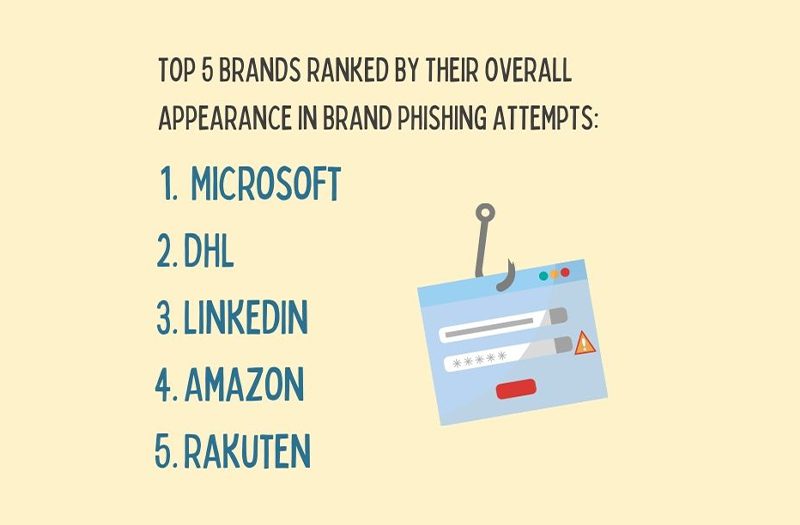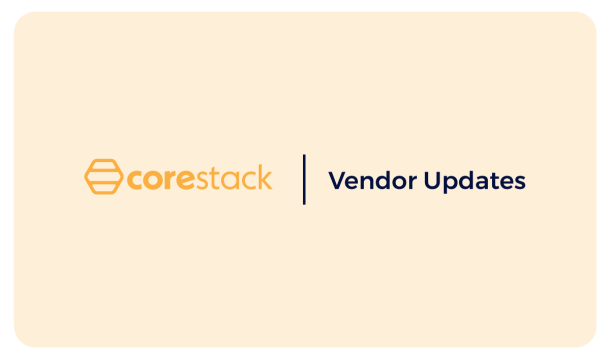Cyber Security 303: 3 Tips!
Cybersecurity is a topic most people don’t like to think about. Consider as the Internet continues to enhance and refine, malicious hackers are also refining their cybersecurity tactics. It can be easy for people to assume with our world being so vast–how could they possibly fall prey to a cyberattack?
Back in the day, a bad virus could wreck your computer and files in a matter of minutes. Nowadays? Hackers are discovering advanced tactics enabling them to hold precious data for ransom in part due to the rise in electronic currencies. With work and with leisure, cybersecurity is everyone’s responsibility to ensure a safe, secure online experience. Next, we share some important tips to consider when researching cybersecurity best practice for your business.
Tip #1: Everyone is at risk.
Always assume you are at risk for a digital attack, even when using best practices, cybersecurity is everyone’s responsibility. The first mistake made by victims of cyberattacks is thinking, “It won’t happen to me”.
2/3 of senior-level decision-makers that took a 2019 survey claimed that small- to mid-sized businesses (SMBs) believe they have a low chance of falling victim to a cybersecurity attack. The truth is, SMBs make up nearly half (43%) of all digital attacks because they do not have systems for digital insurance.
Tip #2: Avoid opening suspicious emails.
Typically sent in the form of emails, Phishing attacks make up for more than 80% of reported security incidents. This attack uses a variety of social engineering ploys to gain sensitive information such as your login ID and password, banking, or credit card information. Always be careful with what you click on.
A Q4 2020 survey revealed these to be the most common email subject lines:
- IT: Annual Asset Inventory
- Changes to your health benefits
- Twitter: Security alert: new or unusual Twitter login
- Amazon: Action Required | Your Amazon Prime Membership has been declined
- Zoom: Scheduled Meeting Error

Tip #3: Use a Password Manager.
The world is digitizing by the second, which means more credentials to keep track of. Too often, we fall into the habit of reusing the same, easy-to-remember passwords and this practice will certainly lead to a data breach at some point. With password management software tools, you can maintain and regulate dozens of passwords that are all securely stored in a single spot.
Carnegie Mellon defines password manager as a tool to “help you generate unique and strong passwords, store them in one safe (encrypted) place, and use them while only needing to remember one master password. The master password unlocks your encrypted vault, which grants you access to each of your passwords.”
Have a Request for a New Feature?
Feel free to let us know at anytime which features you’d like to see in Corestack Product Information Manager. You can submit a feature request using our Corestack Service Desk’s Feature Request form linked below.


